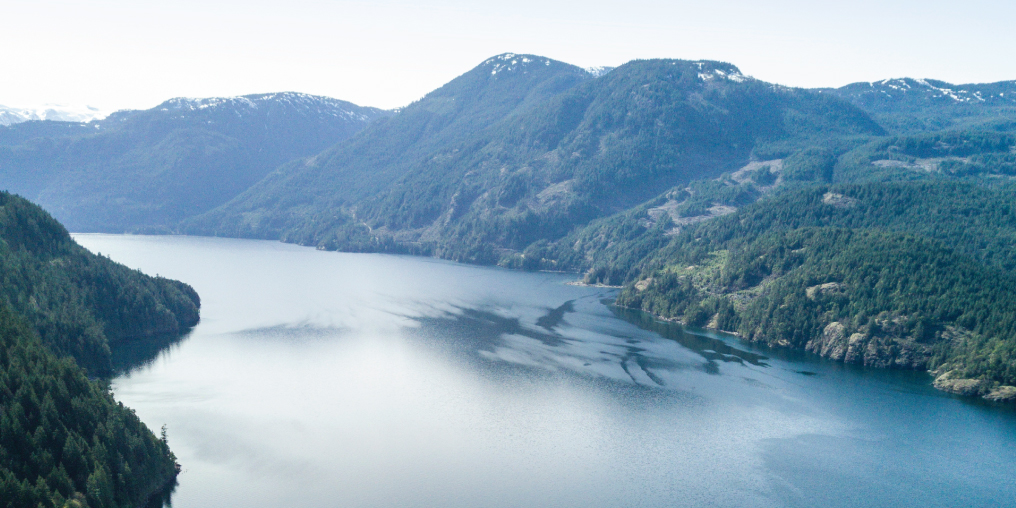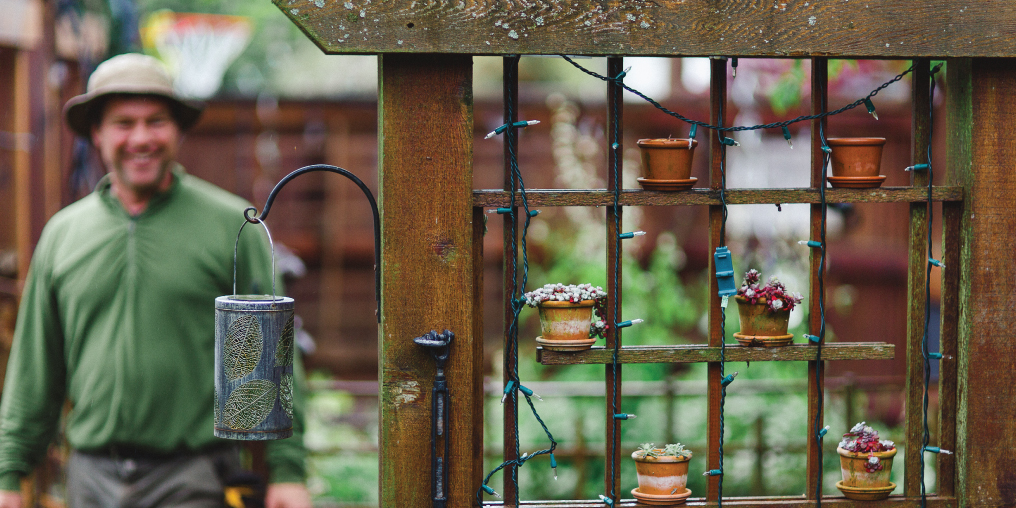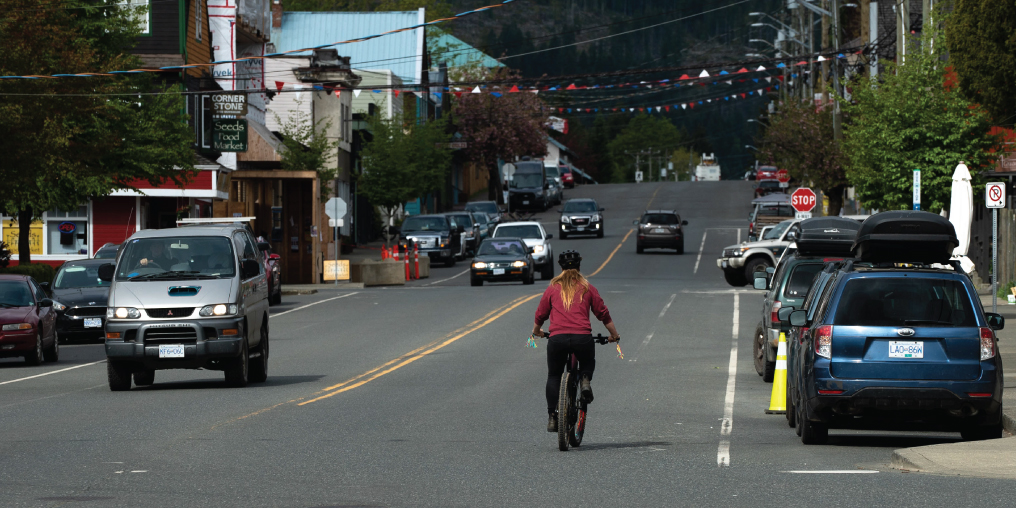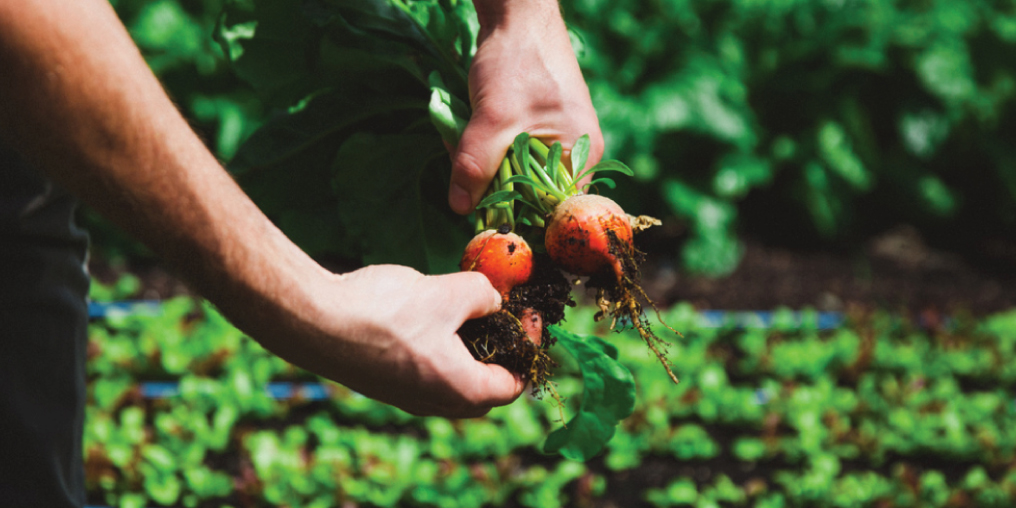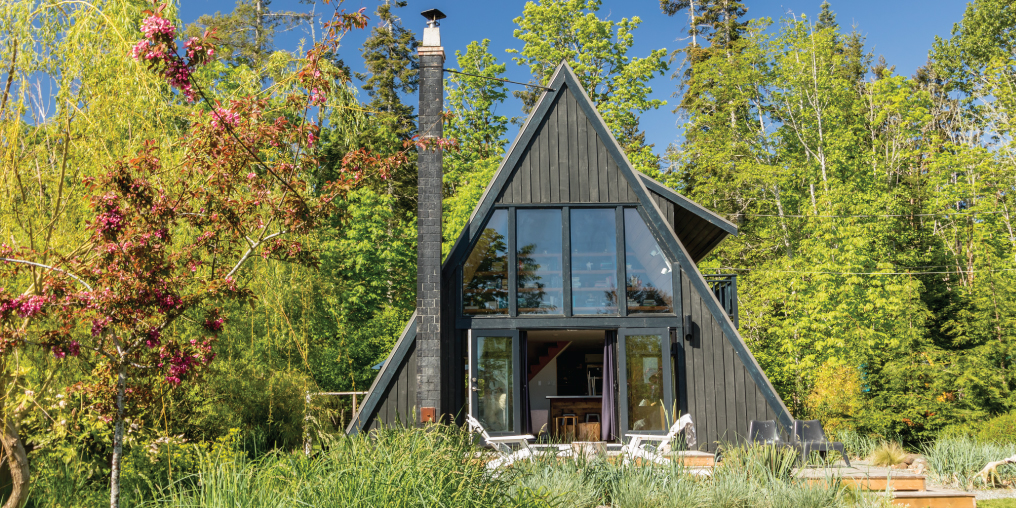Land is on my mind a lot these days, as a dad and freelance journalist. I recently interviewed an old Findlay family friend, Trevor Goward. He’s a botanist who studies lichen, and he’s nearing the end of his career—during which time he has witnessed the wholesale destruction of the habitat he has dedicated his life to studying and understanding.
Goward has heard more than a few politicians pay lip service to biodiversity and conservation while pandering to corporate interests. He’s pissed, to say the least. But not without hope. That’s why he has dedicated his remaining years to fostering a new relationship with the land among young people, one that’s rooted in an Indigenous sense of place, belonging, and stewardship. This is a view where nature is something we are part of, rather than an ambiguous entity for us to use and exploit. What a concept.
Goward donated a chunk of his own land in the Clearwater Valley north of Kamloops to Thompson Rivers University to serve as a centre for interdisciplinary research and education. He’s still defining the model, but it’s his version of big-picture thinking—his only hope for the future of the planet, he told me.
So, what does any of this have to do with the Comox Valley? Well, a lot.
We’re surrounded by private land. In the late 19th century, the Canadian government, as part of its commitment to connect the west coast with the railway system of Canada, agreed to contribute $100,000 annually towards the construction of a railway on Vancouver Island. British Columbia kicked in more incentives, promising roughly 8,100 square kilometres of land and $750,000 to the company that would build a railroad on the Island.
In 1884, Robert Dunsmuir grabbed the cash and land riches on the table when his Esquimalt and Nanaimo Railway Company began laying tracks. He made himself president and owner of half the shares—and made a family fortune.
Imagine how insulting this giveaway must have been to the Comox, Cowichan, Halalt, and other First Nations who had inhabited those lands uninterrupted for thousands of years.
Since then, the E & N lands have been parcelled up, logged, sold, logged again, and resold to numerous companies. If I had my way, I’d tear up the E & N agreement. I’d also deep-six the forest tenure system that transforms BC’s public lands into de facto private resource empires.
All of this considered, Cumberland deserves much credit for making the best out of a tough situation. Other communities like Nanaimo, also encircled by private forest land, now look to the village as a model for managing recreation access.
The bootstrapping, door-knocking, and fundraising efforts of the Cumberland Community Forest Society are an inspiration for other communities. The CCFS does an admirable job of advocating for conservation and educating the public about some of the forest’s non-human users, like the tiny western toads who need safe passage during their annual migration—and mud, wetlands, and cool, mossy forests to survive.
Likewise, the United Riders of Cumberland (UROC) has evolved from a grassroots group of mountain-bike enthusiasts to a not-for-profit, stewardship-oriented society with a full-time director.
UROC manages a custom land-use agreement with Mosaic Forest Management and Manulife (formerly Hancock Timber Resource Group) that makes recreation possible on private forest land. How cool is that?
There are trade-offs, of course. More than 150,000 bikers, runners, and dog walkers annually use the network. With popularity comes challenge; UROC now has to consider the impact of intensive trail use and trail building. Over the past several years, trail crews and volunteers have done an amazing job of improving drainage and mitigating erosion.
Conflicts between conservation and recreation—or even between runners and riders—are inevitable. But UROC and the CCFS are both driven by passionate volunteers rooted in community; they are motivated to make things work. When there’s an issue, they can literally meet for a beer or a coffee and talk about it.
Let’s face it, non-motorized recreation is benign compared to industrial resource extraction, and getting people out walking, biking, hiking, and running has huge public health benefits—not to mention economic benefits for local shops, bars, restaurants, and other businesses.
There will always be differences in priorities or details. But at the end of the day, these groups are bound by a strong mutual sense of place. That is the great strength of what Cumberland has done as a community.
But this strength also highlights a weakness about land and how we think about it as a society. No matter how hard these two organizations work, UROC and CCFS are limited by capacity and funds. They operate at the mercy of corporations that answer to shareholders first, community second, and biodiversity a distant third, if at all.
To be fair, the local foresters on the ground who represent the logging companies have acted in good faith. But, as documented in the film Saving Space Nugget, they are duty-bound to keep shareholder value top of mind. A thousand photos of cute western toadlets and volunteers digging drainage ditches on trails won’t change the fact that, to shareholders, this land is a line item on a balance sheet, a commodity from which to extract value. Most likely don’t even know or care how their money is being invested.
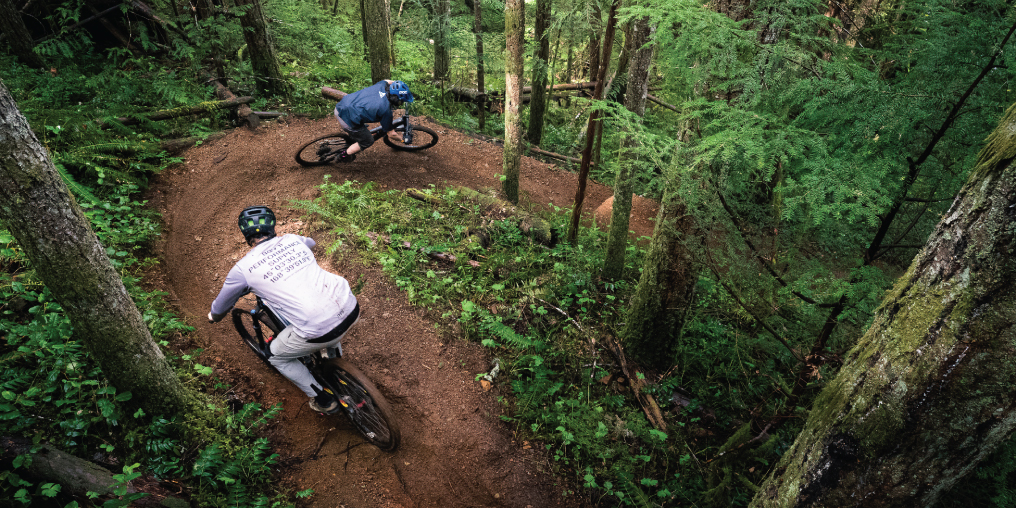
Unless shareholders are connected to place in such a profound and deep way that they view land stewardship and biodiversity as integral to their wellbeing, it will never be anything more than a commodity. How could someone who lives in Baltimore, Buenos Aires, or Barrie, Ontario give a toadlet about Perseverance Creek?
I know what some of you are thinking: that this is just another anti-logging screed. It’s not. I live in a house. It’s made out of wood. Wood comes from trees. I get it.
Land use boils down to trade-offs—between conservation and resource extraction, between motorized and non-motorized recreational users, and sometimes between recreation and conservation. Forest companies want to extract maximum profit. Bikers want to ride an unlogged Vanilla (too late). Everyone wants clean drinking water. Western toadlets just want to survive.
The result can be death by a thousand cuts. The Comox Valley just spent $110 million on a new water-treatment plant, but recreation on Comox Lake—the source of our drinking water—remains a free-for-all, while private logging in the watershed is subject to very little oversight.
We can’t go back and tear up the E & N Land Grant. And changing the forest tenure system is a long shot. But we can, and must, shift to a worldview more like Trevor Goward’s—and Indigenous cultures’ the world over—that remembers we are part of nature.
Imagine a world in which all forest is managed like Al Hopwood’s woodlot on the slopes of Forbidden Plateau.
Hopwood knows his forest intimately, right down to which trees will be harvested and trucked over to Woodland Flooring in Comox to be milled into something valuable.
Or a world where First Nations and other communities have a meaningful stake and stewardship role in the surrounding trees, rivers, mountains, and grasslands.
It would likely look very different from how it does today. There would be more local jobs—probably more local mills like Thomson Brothers Lumber Co. Ltd., on Cumberland Road, that makes stuff out of logs instead of exporting them—and better stewardship of watersheds.
After all, they who drink it, will look after it.

